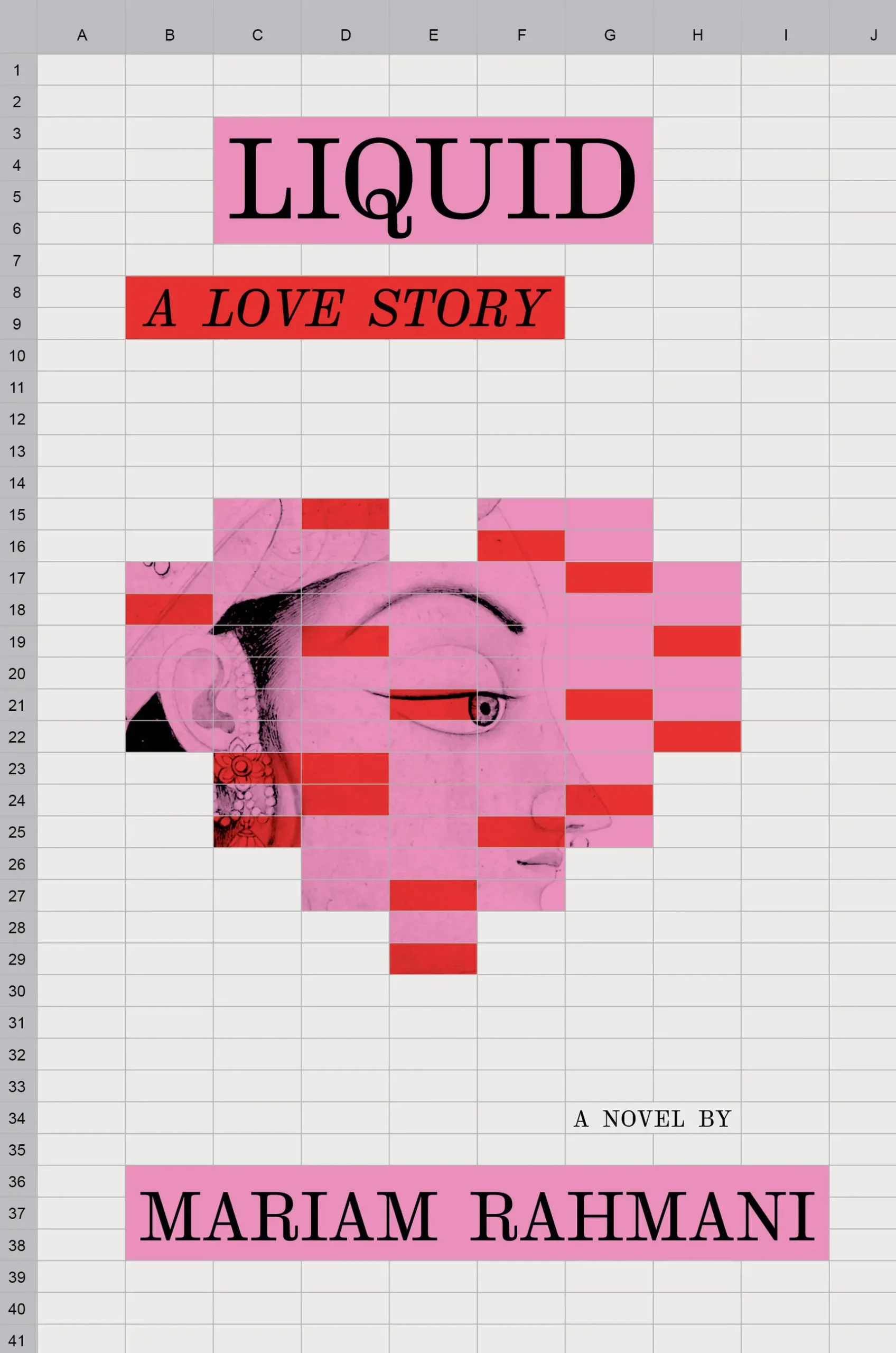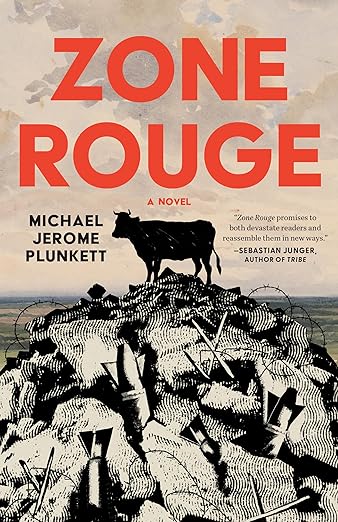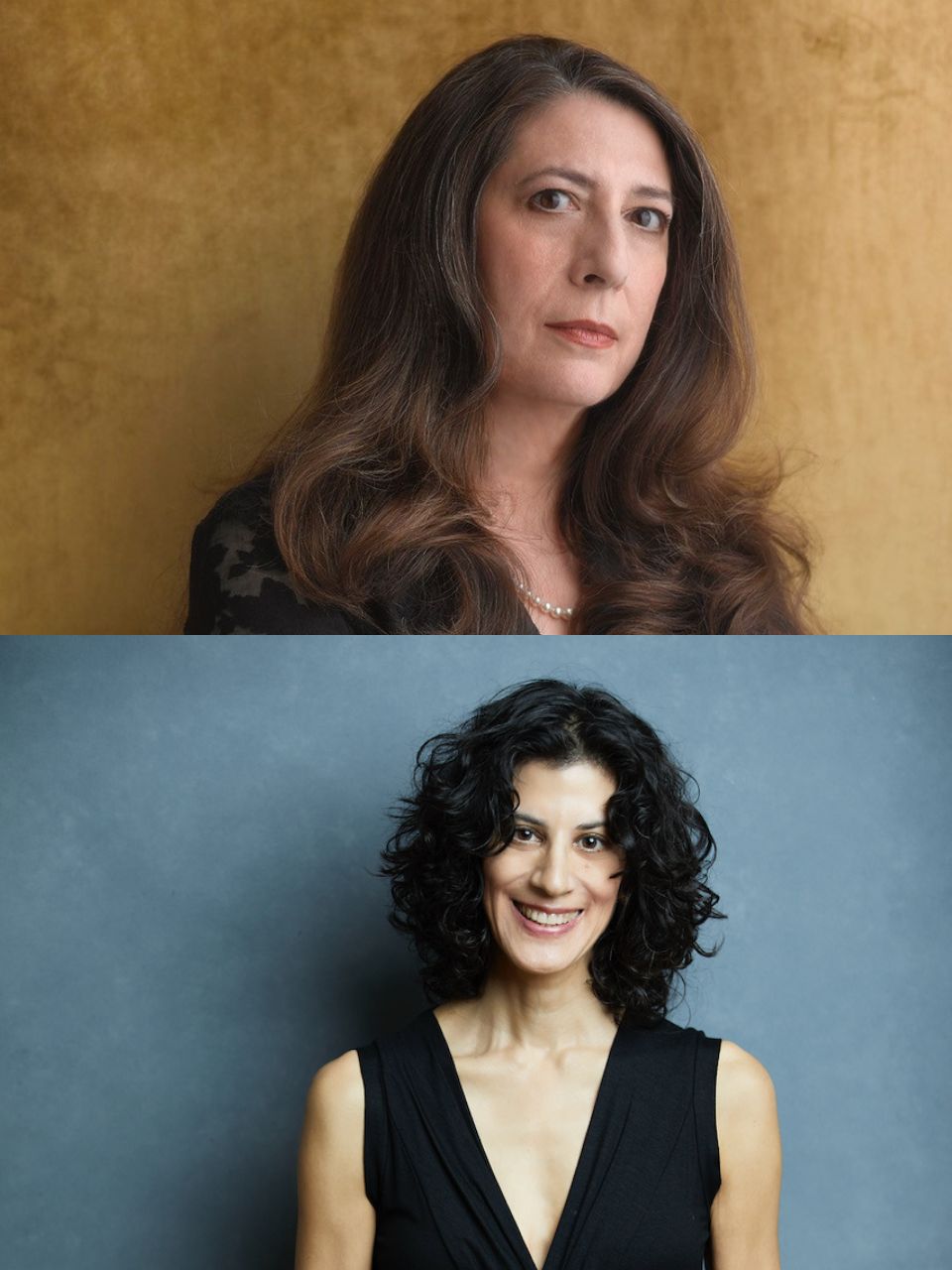MARNI BERGER interviews DAVID BRESLIN

David Breslin is a Curator and Associate Director of the Research and Academic Program at the Clark Art Institute in Massachusetts, and a writer of nonfiction on art, feminism and language-based practices. His essay, “Plugs: Five Thoughts on Cady Noland’s Stocks,” was published in Issue No. 07 of The Common. Marni Berger spoke with Breslin at a coffee shop off Washington Square Park in New York City, where they discussed the American art world, how to handle painful subjects, and finding the ideal writing space.
*
Marni Berger (MB): You live part-time in Brooklyn, New York, and part-time in Williamstown, Massachusetts. Does your living environment influence your creative work?
David Breslin (DB): Completely. In Williamstown, I work for the Clark Art Institute, which is a museum and research center. Half of my life is spent around art historians, who are working from prehistory to the contemporary. They are all finding ways to talk about the artworks that they’re bringing up and to historicize a problem. It’s constantly put in your face that you have a billion different ways to deal with the [subject] that you want to take on. You can never say, “I just feel like doing this.” You’re forced to reckon with the method of the writing, or a style, or a voice.
MB: How does living in Brooklyn affect your writing?
DB: In Brooklyn, there’s this awesome bookstore on my block. They love my dog, and they let us both go in.
MB: Which bookstore?
DB: Greenlight.
MB: Great bookstore. That’s the best neighborhood in Brooklyn! Fort Greene.
DB: It’s a fantastic bookstore. In terms of how it affects my writing, the best part of living in New York City for me is being able to get the C train to Chelsea, or take the Q up to Canal Street – go to galleries on the Lower East Side, and have that access. To see the amount of expression and number of ways people are thinking about different issues – that makes it really hard to think about ever leaving. Or it makes me kind of fine with being in the car for eight hours a week to do my work commute. Despite how much the city has changed and the different, or lack of, spaces for artists and writers to work, there are still people working, and there are still institutions and galleries and people trying to make it possible. That contributes to my writing – that there’s so much to see.
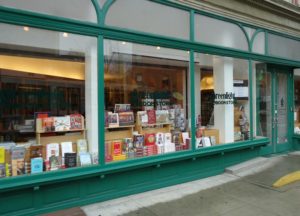
MB: What you gain from living in New York seems similar to what you gain from your work life at the Clark Art Institute – that access to so much creativity.
DB: Exactly.
MB: But I imagine it’s a lot less crowded and hectic in Williamstown.
DB: The real story about The Clark is that it has one of the best art history libraries in the world. That quiet does let you get certain kinds of work done – that when I’m here [in NYC] I can’t imagine doing, when I’m trying to pack things into three days.
There’s also a different kind of time in Williamstown than there is in Brooklyn. Sometimes, I’ll look at my clock when I’m sitting at my desk in Williamstown, and it’s six o’ clock; I’ll think, “I actually have time. I’m done with my day job. I have time to think about something – to write something.” But in Brooklyn when I’m done with the day, it’s tomorrow already.
MB: Even when you could be done at six, in New York, you think, “I shouldn’t be done!”
DB: Exactly. You think, “Someone, somewhere here is doing something.”
MB: Do you have an ideal writing spot – a sandy beach or a cabin in the Maine woods?
DB: Anywhere I can shut the internet off for two hours. Having time and killing technology – if they’re not places, they’re the best situations for getting work done.
MB: Creating that place in your mind.
DB: It’s a place in my mind, yes. It’s a free place. Where email doesn’t exist, and I don’t have someone talking about their own idea that they’re going to get around to writing some day.
MB: To be surrounded by creative people can be both inspiring and distracting, I’d say.
DB: Oh, I completely agree. If you have any amount of interest or empathy, you want to know what other people are doing, because it’s probably going to be pretty fascinating. But at the same time, it fills the space of the thing that you wanted to do. There’s only so much you can take in. It’s almost like you’re filling up a glass, and when it’s about to spill over, you have to stop.
MB: Do you have an ideal ratio of time spent in the visual art world versus time spent writing?
DB: I guess it gets back to that glass. I get to a certain point where my intake is done; I know I need to say something. I know I need to write something, and I do it.
MB: Some of my favorite lines in “Plugs” appear in section three, after Eddie Lee Mays is sentenced to the electric chair and asks for cigarettes instead of food for his last meal. You ask: “What is it to imagine those last moments paired with a cigarette—the burning insistence of the orange tip like a lighthouse in miniature…?” Directly after, you answer: “It is to be very literal about something as seemingly ineffable as going up in smoke. It is to give breath to death.” Do you feel this essay gives breath to death by considering its process?
DB: What the essay does for me is forces me to slow down. Judith Butler wrote about an obituary section in The San Francisco Chronicle that wouldn’t permit obituaries for Palestinians, because they would have been too political. This is something I picked up from Butler’s writing: I’m always thinking about who gets named. Whose mourning is acceptable? Who has access to some kind of public recognition?
Is what Mays did horrible? Completely. And do I want to give everything over to context and say that he, as an individual actor, didn’t have some kind of say in what he did? No. But I would like to think that those things all factor together. To give some thought to a [particular] death might make us think about other ones more carefully. You can’t separate one murder from another, whether it’s state-sanctioned or otherwise.
MB: Where did you write “Plugs”?
DB: I’d been thinking about it for a while, but I actually wrote it – this is going to be fittingly perverse – visiting my in-laws in Naples, Florida, in a very nice but, golf, community.
MB: A quiet place.
DB: Florida is a quiet place, and also a place that has its own problems with law-enforcement, detention, guns.
MB: I was drawn to this piece – but also thinking it could be difficult as a writer to get into the mindset of witnessing death, to go over it again and again, to polish and revise and recreate it, and spend so much time in that dark mental state.
You’re such an upbeat guy. How did you get into the dark place? How did you get out of it?
DB: The artwork is Cady Noland’s remaking of a stockade. The things missing are the body and the appendages that would fill those five different holes of the stockade. For me, “Plugs” was very much about that missing body, so when I was thinking about how to frame this essay, I could think both about the particular piece [by Cady Noland] only by looking to the different forms of punishment or capital punishment in this country. It’s kind of boring and rote to say, but there isn’t much time spent thinking about the first person who was killed by electrocution in New York or the last person, or everyone in between.
And how do I get out of that dark mindset? That’s what drinking is for.

MB: I assume you mean coffee.
DB: Yes, of course. Thank you.
The piece is pretty dark. But I’m someone who goes to writing or art for the intensity of different things, whether it’s darkness, or joy or extreme pleasure; for me, when it’s kind of a washed-down-middle-ground, it doesn’t do much for me. I either want to know the ferocity of your pleasure or your pain. More frequently, and unfortunately for me – and probably my wife – I’m drawn by those hard things, because I don’t ever want to forget that hurt is there.
MB: How did you come to know Cady Noland’s work?
DB: I wrote a dissertation in art history on the work of Jenny Holzer. I’ve always been interested in the work of artists – many of them living and working in New York and mostly women – who are dealing with political issues. By working on Holzer, I came upon Cady Noland’s work. I always wanted to talk about Noland’s work but didn’t have the language or the time to do it. So much of the work has to do with confinement – she uses barricades, blockades, popular depictions of things gone wrong in America. The Manson Girls. Scenes that show the underbelly of America.
MB: The Guggenheim describes Noland’s work similarly: “Her collages, sculptures, and mixed-media installations examine the underbelly of the American psyche.” Is there any way to address Noland’s work without addressing the American psyche?
DB: I think it’s totally impossible. Something very interesting about Noland is that she doesn’t exhibit her work publicly any longer. In some ways this withdrawal from publicly presenting work, I think, is a demonstration against what can happen in the art world. It can become a very commoditized, monetized, insider affair for a process that is very much about the outside and questioning how people are turned into commodities. To participate has to be a very double-edged thing. This has always interested me: How can we make work without being swallowed up by the collecting mechanism?
MB: Maybe you don’t show your work?
DB: Maybe you don’t show your work. Maybe you refuse. Maybe you find other means.
MB: Do you write mostly nonfiction?
DB: I write pretty much entirely nonfiction. But I read mostly fiction. Most of the nonfiction I read is when I’m working on a particular project that I need to dig into. For example, I’m working on a David Wojnarowicz exhibition. And so I’ll just get completely into David Wojnarowicz and read everybody he read – Dennis Cooper and Lynne Tillman – and then my world will become his world.
MB: You embody your subject.
DB: I try to, and I think that’s where reading fiction helps me in writing about art. A fiction writer has to embody her character or her scene, and I think that good art-writing, when you can actually live inside of the object and tell its story, can actually be more directed to the reader than a causal historical account would be.
I try to write the kind of stuff about art that I’d want to read, which is something that makes the reader more aware of her moment in history and how it relates to history at a larger level. I don’t want to inscribe an object into some larger historical narrative; if anything, I want the reader to use artworks to think about how histories are always folding into each other and breaking each other apart, so that we’re never just – obviously – the product of right now. And I think artworks can help us do that; good writing can help us do that. Poetry helps us do that.
MB: Do you view yourself primarily of the visual art world or the writing world?
DB: I don’t consider myself an artist, because I think with language. When I make an exhibition, I need to think about how those things relate to each other on a wall or in a room. But when I think about an object, I want to tell a story about it; I don’t want to make an object or an image to respond to it. That being said, the distinction for me is pretty porous. I write about visual things – I think anybody does. I was just reading, on the train over, a Flannery O’Connor story – it was all about the hat – and the idea that everything that rises must converge.
MB: I love Flannery O’Connor. Who else have you been reading lately?
DB: I’ve been reading a lot of Elena Ferrante’s work. A lot of George Saunders.
MB: What about nonfiction?
DB: I’ve been reading Hilton Als’s essay collection, White Girls. The one that blew me away was his essay on Richard Pryor. And thinking about race and gender together. I’ve also just finished reading Cynthia Carr’s biography of David Wojnarowicz – Fire in the Belly – which is a great account of an individual making art in New York in the early ‘80s and ‘90s, but also this larger story about what the AIDS crisis did to New York City and creativity.
MB: Tell me more about what you’re working on now.
DB: I’ve just finished a piece on the American artist David Smith, who is known as the sculptor among the abstract expressionists. So much of the writing about those guys – the 99% entered into the historical record were guys – repeats the masculine myth of total heroic production. And some of it’s true. But there was also a lot of doubt in their work. I want to write about how doubt factors into the work of these strong-willed dudes.
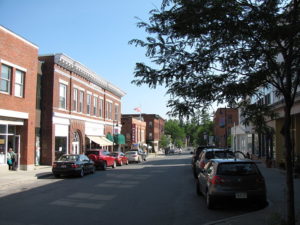
David Breslin’s essay, “Plugs: Five Thoughts on Cady Noland’s Stocks,” appears in Issue No. 07 of The Common.
Marni Berger is a writer and teacher living in New York City.
